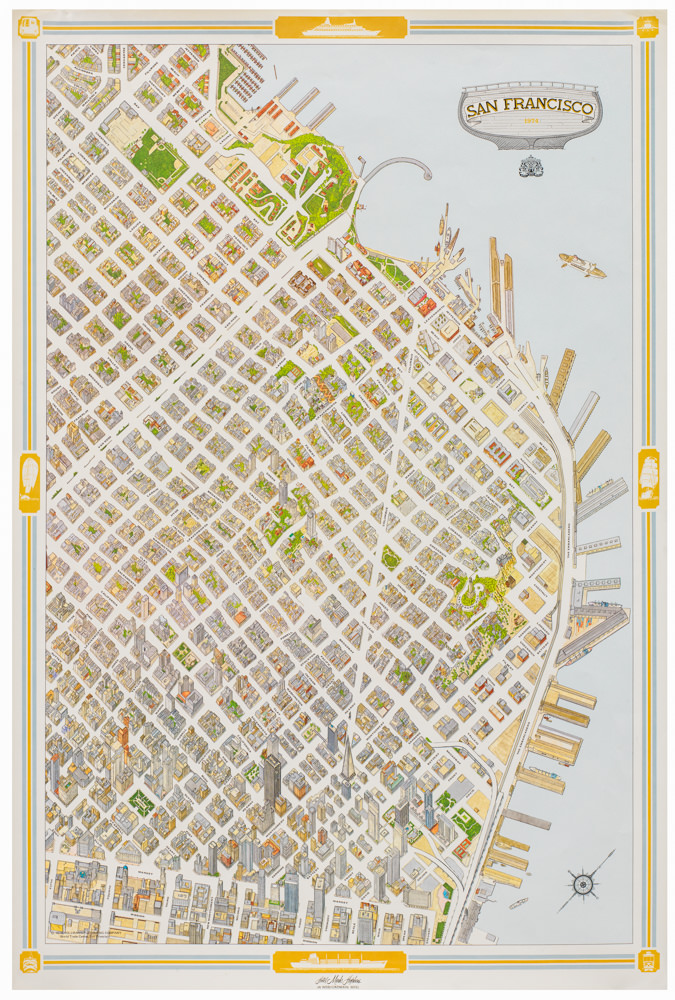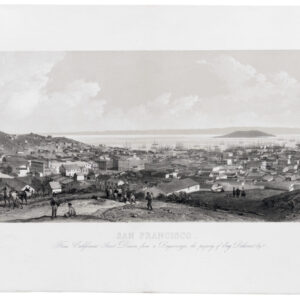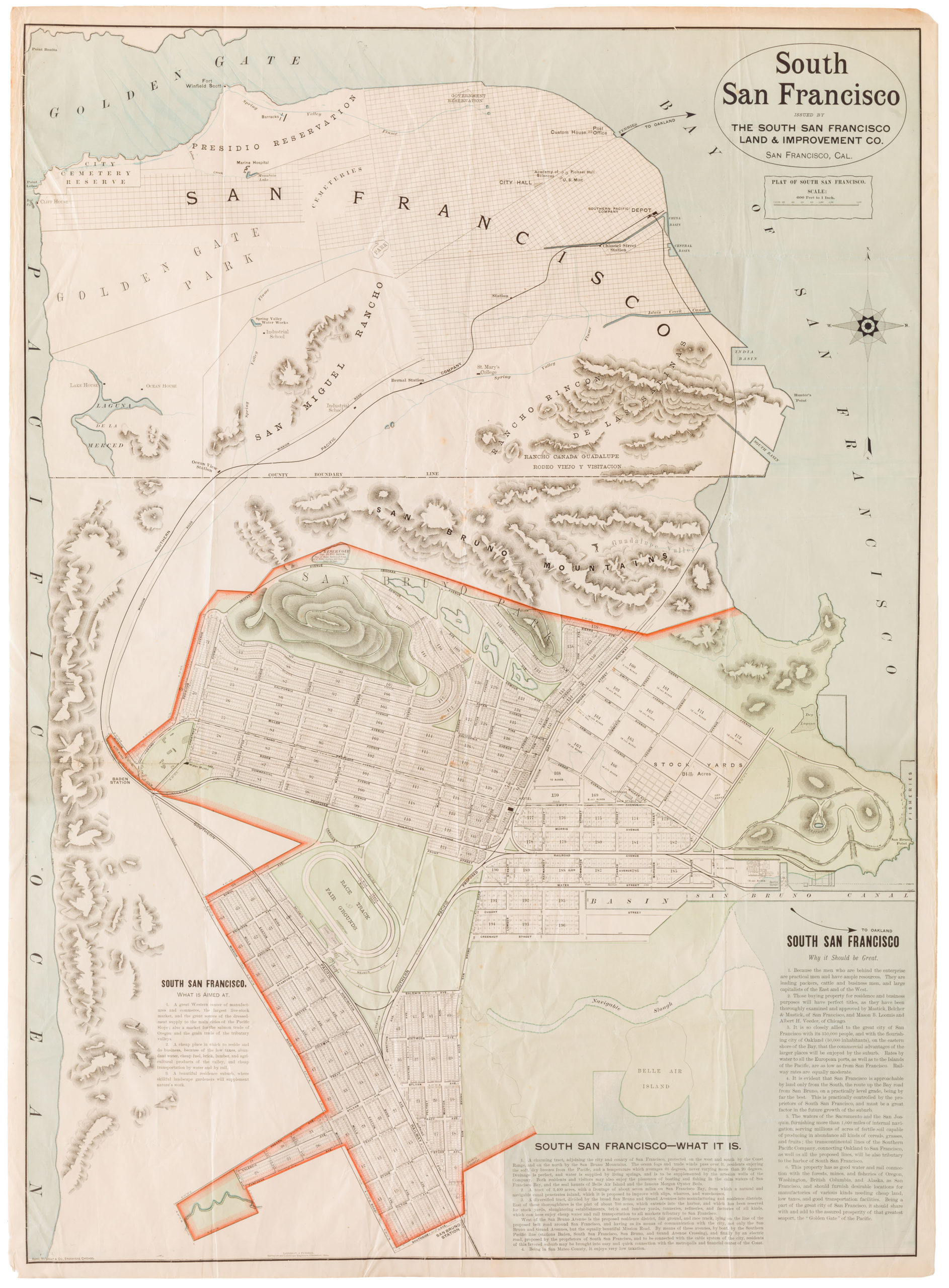Four 1875 city water supply maps for San Francisco, engraved by the famous George Baker.
4 San Francisco water supply maps
Out of stock
Description
These four water supply maps were commissioned by the San Francisco Board of Supervisors in 1875, and consist of surveys carried out by well-known engineer T. R. Allardt. They depict water supply systems at Clear Lake, Spring Valley Reservoirs, Blue Lakes Reservoirs, and Calaveras Reservoir.
The maps were engraved by the famous lithographer George Baker at 103 Montgomery Street in San Francisco.
1. City Water Supply Map of Clear Lake From Surveys made under the direction of the Board of Supervisors of the City of San Francisco by T. R. Scowden, Chief Engineer of City Water Supply (19 x 8 in)
2. City Water Supply Map of Blue Lakes Reservoirs From Surveys made under the direction of the Board of Supervisors of the City of San Francisco by T. R. Scowden, Chief Engineer of City Water Supply (18.5 x 8 in)
3. City Water Supply Map of Spring Valley Reservoirs From Surveys made under the direction of the Board of Supervisors of the City of San Francisco by T. R. Scowden, Chief Engineer of City Water Supply (31 x 8 in)
4. City Water Supply Map of Calaveras Reservoir From Surveys made under the direction of the Board of Supervisors of the City of San Francisco by T. R. Scowden, Chief Engineer of City Water Supply (18 x 8 in)
Cartographer(s):
George Holbrook Baker (1827-1906) was a Massachusetts-born artist who learned his trade from the New York engraver George C. Smith. Following his apprenticeship, Baker attended the National Academy of Design before emigrating to California during the height of the Gold Rush. He arrived in San Francisco in late May 1849, and within three months, his first views of the town were being published in New York.
Baker briefly tried his luck prospecting for gold, but like so many other emigrants, he found that it was easier to make a living using the talents and skills with which he arrived. Even today, it is a commonly held notion that the people who became rich from the Gold Rush were the shovel and pan-sellers rather than the prospectors themselves.
In 1852, Baker moved from San Francisco to the new state capital at Sacramento, where he started several businesses and two periodicals while also creating new and sought-after views of northern California. In 1857, Baker drew and published a large birds-eye-view of the young ‘City of the Plain’ (printed as a lithograph by Britton & Rey in San Francisco), which achieved enormous popular success. In 1862, after a devastating flood had ruined him, Baker moved back to San Francisco and started a lithography and publishing firm that specialized in advertising and posters, including architectural and urban vistas, dedicated stock certificates, and regional maps. Despite more than a decade of success, his company was gradually outcompeted during the 1880s, and by around 1890, Baker closed his doors and retired.
Despite his ending in commercial failure, George Baker is acknowledged as one of the most significant artists and lithographers of the Gold Rush era. His work constitutes some of the most important visual documentation of California during the formative decades of its incorporation into the United States.
T. R. ScowdenCondition Description
Generally good, soft folds and some wear along the margins - see images.
References







![[1906 EARTHQUAKE PANORAMA – FINANCIAL DISTRICT]](https://neatlinemaps.com/wp-content/uploads/2020/10/Screen-Shot-2023-02-06-at-6.55.56-PM-300x300.png)